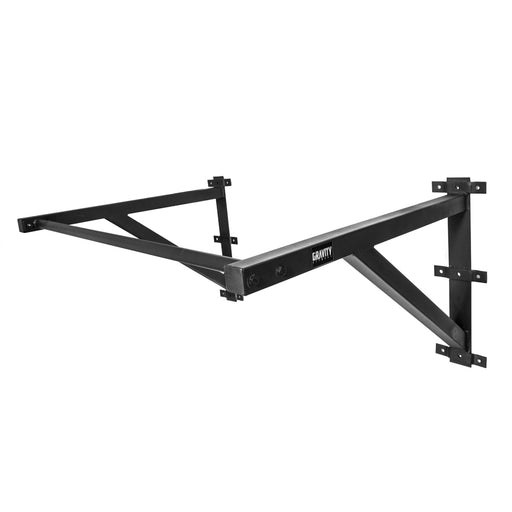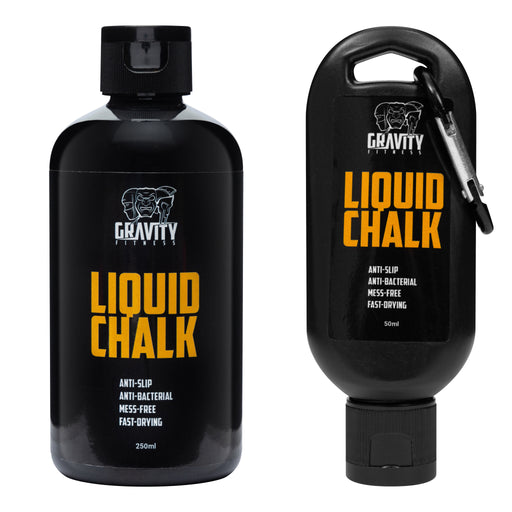
What are the health numbers that really matter?
What are the health numbers that really matter?
Forget scale weight and PBs, here are the numbers we all need to keep an eye on.
The fitness world is dominated by numbers: how much you lifted, what pace you held, how much weight you’ve lost. But most of the time, the numbers we’re encouraged to focus on don’t really matter for our long-term health. In fact, they could be detrimental to it.
Why do you train and eat well? If it’s for physical health, happiness, and (hopefully) a better old age, here are the numbers you should be looking at.
Blood pressure
When’s the last time you checked your blood pressure? Unless you’re on medication, probably “the 12th of ages ago”. Knowing your blood pressure numbers is a powerful way to keep track of an important health marker. Hypertension (high blood pressure) can damage your blood vessels and pose a risk to important organs including your heart and brain. Normal blood pressure for most adults is defined as a systolic less than 120 and diastolic of less than 80. Elevated blood pressure is defined as systolic between 120 and 129 with diastolic of less than 80.
What to aim for: 120/80 or less.
Resting heart rate
Get to know what your normal resting heart rate is, and you’ll be able to use pulse rate as valuable intel for illness and recovery from exercise. There’s no “normal” (60-100 is considered good for general population, yours may be significantly lower). So get to know what yours is when you are rested, fed, hydrated, and feeling well. Then you’ll know what counts as elevated heart rate for you, and can look at why it might be happening.
What to aim for: 35-100 beats per minute
Waist circumference
We all know that BMI should get in the bin (most of the Gravity team are considered obese by that metric). And your bathroom scales can’t measure how much of you is muscle vs fat. But it is worth keeping an eye on fluctuations in your physique. One of the best – and least triggering – ways to do it is by measuring your waist. Not only will this give you a reliable indication of weight gain or fat loss, but it could give you an early warning sign of dangerous visceral fat.
What to aim for: less than 40 inches for men, less than 35 inches for women
Breath rate
Breathwork is having a moment, and we’re here for it. The ability to mindfully manage your breath is a great way to control stress, oxygenate your blood, and optimise your cardiovascular system. Most of us breathe too fast and too shallow, which keeps the body permanently on the edge of the fight-or-flight sympathetic nervous system.
What to aim for: 12-16 breaths per minute
Heart rate variability
Most of us have measured our resting and max heart rates at some point. Heart rate variability (HRV) is a more advanced look at heart rate which reflects how your body is adapting to training stimulus. People with higher HRV are usually more adaptable, fitter, and less prone to stress. HRV measures the variations in the time between each heartbeat. You’ll need a HRV monitor, app, or smart watch type device to do it.
What to aim for: 100 m/s is ideal, but HRV is highly individual
Wee colour
Sorry, but we have to go there. How often do you look at the colour of your pee? There isn’t a specific number to aim for, but if 1 is “clear” and 10 is “omg is that orange juice” then you really should aim for 1-5. Whilst we’re at it, let’s talk about poo. You should be going once a day, at least. If you’re not, it might be time to look at your diet (food volume, fibre, vegetable intake) or make an appointment with the GP.
What to aim for: straw-coloured or clearer
Sleep hours
You don’t need us to tell you how important consistent quality sleep is to your health. Good sleep is the foundation for emotional health, stress management, healthy food behaviours, energy, motivation, mood and so much more. Get serious about sleep by keeping a consistent bedtime, making your bedroom dark and cool, and not scrolling on your phone in bed.
What to aim for: 7+ hours every night
Check out the Gravity Fitness range of functional fitness equipment and build your dream collection of fitness lifestyle tools.











































